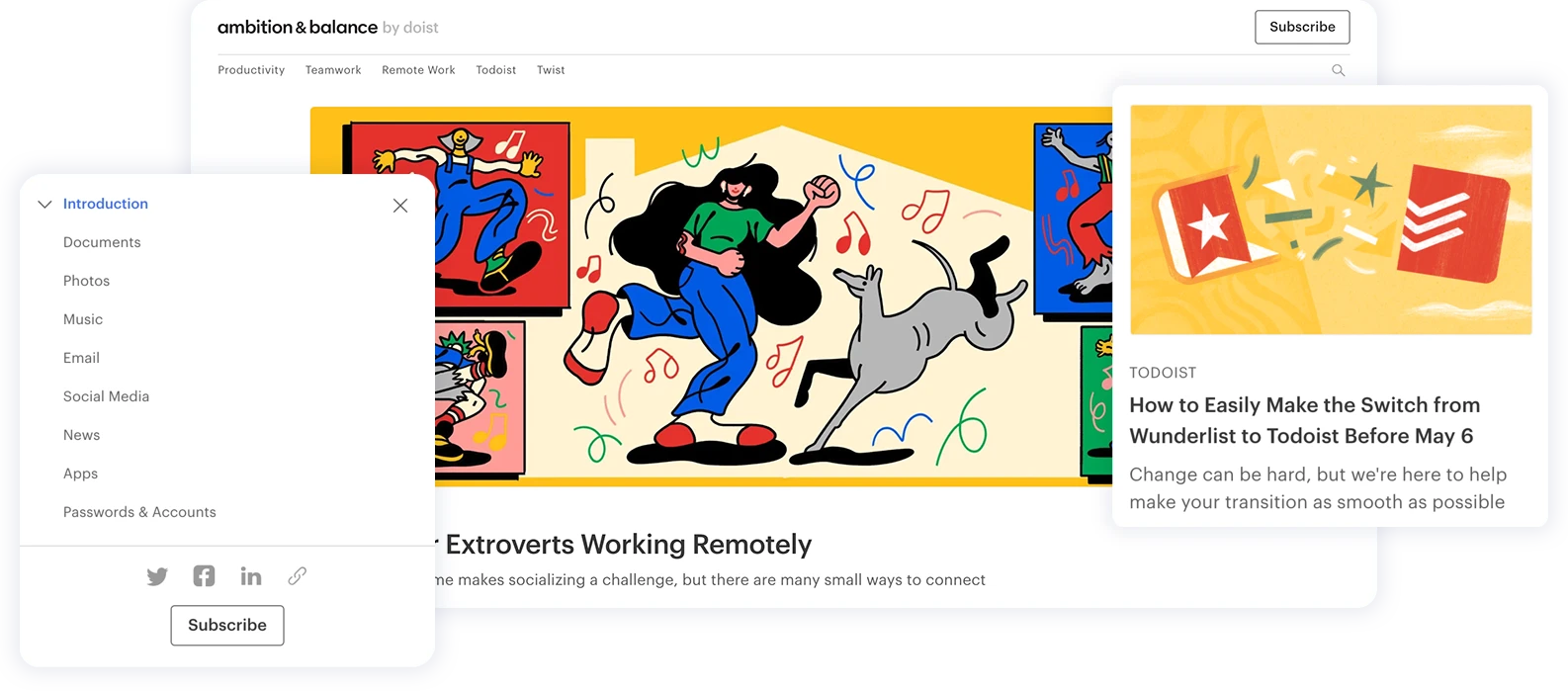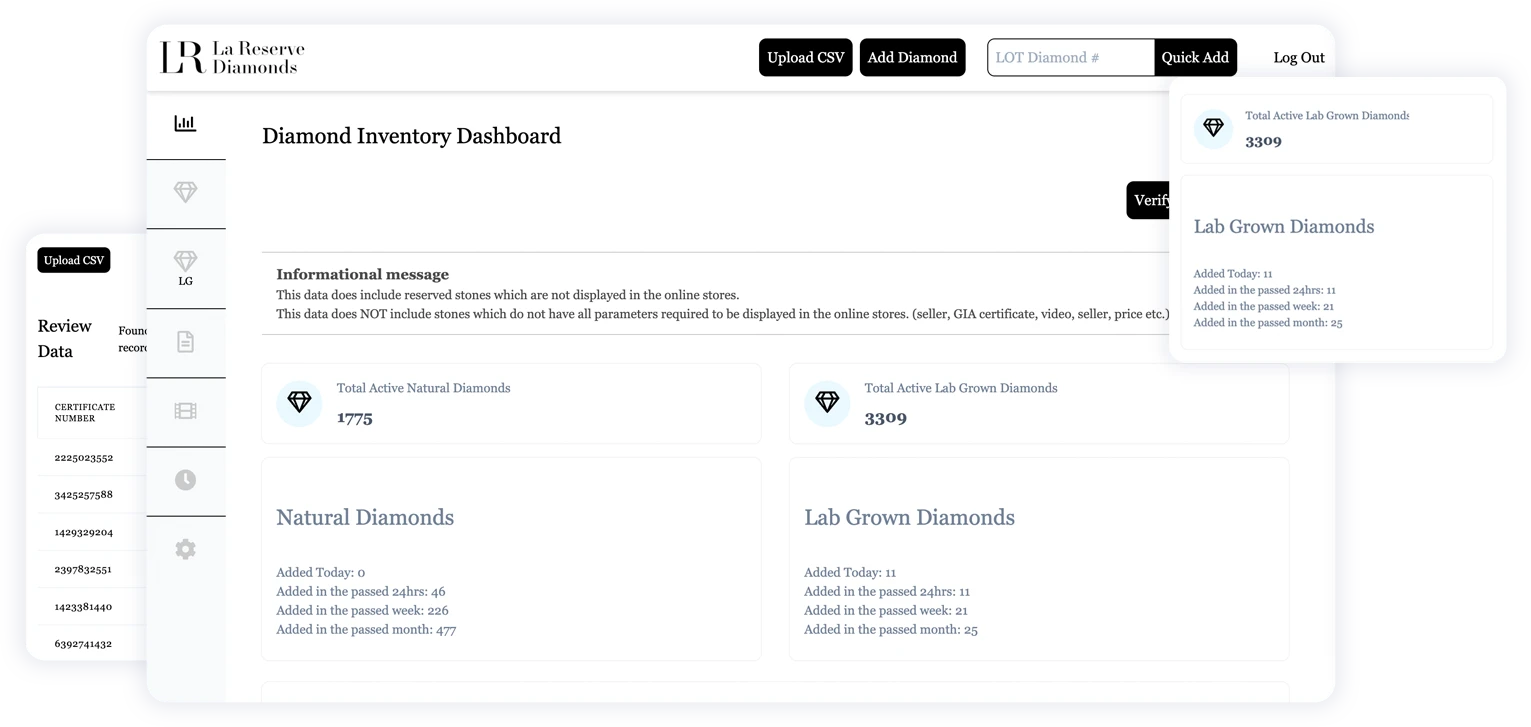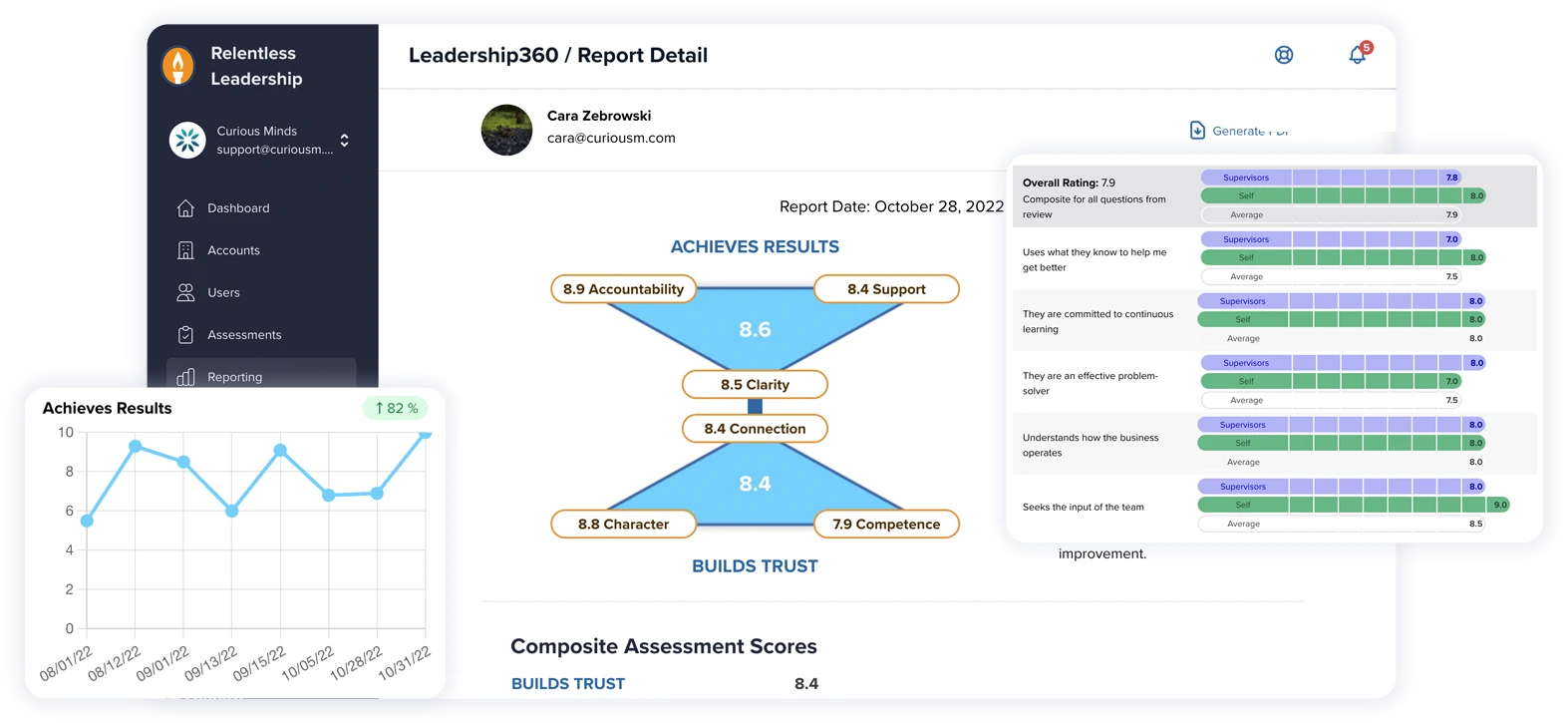Things move fast online, right? If you want to keep up, you've got to roll with the punches and adapt to new tech. That brings us to Generative Engine Optimization (GEO)—it's the new kid on the block where standard Search Engine Optimization (SEO) meets smart AI. Search engines aren't just lists of links anymore; they're turning into clever assistants like Gemini, ChatGPT, Claude, and Perplexity. Because of this shift, we really need GEO to rethink how we create content and how people find it.
Forget just stuffing keywords and chasing backlinks. GEO is more about optimizing your whole entity – whether that's your brand, your products, specific concepts, or even key people – making sure it's easy for AI to work with. This means ensuring your information gets summarized accurately, cited properly, and makes sense in context. For anyone creating content, marketing a brand, or managing a website, getting a handle on GEO isn't just a nice-to-have, it's becoming essential. As AI keeps shaping how search works, weaving GEO into your plans could give you that edge you need. This makes GEO a really important focus for teams trying to navigate how search is changing.
Getting Down to GEO Basics
Generative Engine Optimization (GEO) isn't simply the next step after traditional SEO; it’s a whole new way of looking at getting seen online. With artificial intelligence playing a bigger role in web search through tools like Gemini, ChatGPT, Claude, and Perplexity, understanding GEO is becoming vital. SEO and GEO aren't rivals; they're partners, each playing a distinct but connected role.
Think of it like this: traditional SEO built the foundation for being found (crawlability, indexability, rankability). GEO builds on that foundation and reaches beyond your own website. It focuses on getting your brand recognized consistently across the important datasets, trusted industry sources, and knowledge hubs that AI learns from and uses for real-time info. Together, SEO and GEO form a cohesive strategy aiming to put your brand right where AI looks for answers.
This introduces a new goal alongside just being discoverable: retrievability. As Crystal Carter from Wix Studio puts it, SEOs now need to ensure "core information about our brands is available, accessible, and prioritized for LLMs." It’s about how easily AI can find, understand, and prioritize information about you when crafting a response.
So, what does GEO zero in on? It's about tweaking your content not just for old-school algorithms, but for AI systems that summarize, evaluate context, and connect ideas. You're not just trying to rank high; you're aiming for your content and brand information to be picked, synthesized, and shared by these AI tools.
And interestingly, AI figures out 'authority' differently too. While old-school SEO leaned heavily on backlinks, GEO recognizes authority through contextual relevance, clear connections between entities (like your brand and its expertise), and consistent brand mentions in authoritative sources. Those mentions in the right places now carry tremendous weight.
The Road from SEO to GEO
The online world never sits still, and neither do the ways brands make sure people see their stuff. Traditional SEO has been the go-to, but as AI gets smarter, our strategies have to evolve. That's GEO – using AI's power to change how we create and optimize.
GEO doesn't replace SEO; it builds on it, adapting for today's AI-driven tools. But here's a key difference: while SEO focused on climbing rankings, GEO cares more about how AI platforms pull together information and present it. Ranking high in traditional search doesn't automatically guarantee you'll show up prominently in an AI-generated answer.
Why? Because Large Language Models (LLMs) don't "rank" like search engines. They build responses dynamically, recognizing patterns in language, understanding context, and making connections between words, ideas, and entities based on the vast amounts of data they've learned from. This forces us to rethink what "authority" means online. It’s less about link counts and more about being consistently mentioned and associated with the right topics in credible places AI trusts.
This change affects how people find information and what they think of it. GEO pushes creators to deliver clear, relevant, top-notch information structured in a way AI can easily process and trust. The goal? Accurate representation and inclusion in those helpful, personalized AI summaries. Keeping up with this shift is critical for staying competitive. GEO isn't just future-talk; it's the necessary next step.
How AI is Changing Content Discovery
AI-powered tools have seriously shaken up how we find content. They prioritize relevance and context, going beyond simple keywords. They actively interpret content, learning from user interactions and patterns in trusted data sources.
So how do these AIs actually learn? They ingest massive amounts of text and data, identifying patterns in how often words and entities (like your brand) appear together in specific contexts. When asked a question, they predict the most likely sequence of words to form a relevant answer based on these learned patterns. Frequent, contextually relevant mentions of your brand alongside your core topics or products in trusted sources reinforce these positive patterns for the AI.
But AI doesn't just rely on its initial training data. Many advanced models like Gemini, ChatGPT, and Perplexity use something called Retrieval-Augmented Generation (RAG). Think of RAG like an AI's research assistant. It takes the query, uses its base knowledge, and then retrieves fresh, real-time information from external sources – like trusted news sites, industry publications, knowledge bases (like Wikipedia), discussion forums (like Reddit or Quora), and knowledge graphs – to ground its answer in current reality.
This means being present and accurately represented in those specific sources is crucial for influencing the information AI retrieves and includes in its responses about your brand or industry. Optimizing for AI means making sure your information is clear, trustworthy, and easy for AI to find, both on your site and across these external platforms.
What Goes into a GEO Strategy?
A smart GEO plan blends SEO tactics with AI-focused methods. It revolves around improving Retrievability, which breaks down into three key areas:
Presence: Making sure your brand gets mentioned consistently in the right places and contexts that shape AI’s training data and real-time retrieval sources.
Recognition: Building credibility so AI sees your brand as an authoritative voice. This comes from consistent, relevant mentions and clear associations with trusted entities in your field.
Accessibility: Structuring your brand’s information clearly (both on your website and off-site) so AI can easily retrieve, understand, and prioritize it when generating answers.
Achieving this isn't a one-person job. GEO is truly a team sport, requiring collaboration across your digital marketing efforts – owned media, earned media, digital PR, branding, social media, and creative teams all need to work together.
Here’s how you can weave GEO into your existing SEO pillars:
On-Page GEO Tactics:
Think Entities & Topics: Build deep content around core topics (topic clusters) and clearly reference important entities (people, concepts, products) in your niche. Structure content logically.
Strategic Linking: Use internal links to connect related concepts on your site. Link externally to authoritative sources to build contextual associations for AI.
Align with AI Intent: Regularly check AI responses for your core topics to understand current user intent and context. Fill content gaps identified by AI. Optimize for natural, question-based language.
Become a Source: Publish unique research, data, or insights that others will want to cite, strengthening your authority. Clearly highlight expert quotes.
Structure for AI: Use clear formats like FAQs, lists, and tables. Write clear, concise sentences, especially when defining your brand's expertise.
Stay Current: Monitor real-time discussions (Reddit, Quora, social) and update your content to reflect trending topics and questions, especially for content AI might retrieve via RAG.
Off-Page GEO Tactics:
Target AI-Trusted Sources: Identify the key industry sites, publications, forums, and communities AI references in your niche. Prioritize earning contextual brand mentions (not just links) in these spaces.
Strategic Digital PR: Actively pursue mentions and citations in publications known to be used by AI for your topics. Build relationships with key voices.
Brand Consistency: Ensure your brand messaging and descriptions are consistent everywhere online to avoid confusing AI.
Boost Your Knowledge Graph: Optimize and maintain accuracy on platforms like Wikipedia (if notable), Wikidata, and especially your Google Business Profile.
Join the Conversation: Actively participate in relevant, timely discussions on forums and social channels where AI might look for current context.
Technical GEO Tactics:
Keep it Clean: Use straightforward HTML and clear metadata. Limit complex JavaScript for essential content. Organize pages semantically.
Use Schema Markup: Implement structured data (Organization, Person, Product, Article, etc.) to clearly define entities and relationships for AI.
Speed Matters: Optimize Core Web Vitals, images, and scripts for fast, reliable loading.
Allow AI Crawlers: Explicitly permit bots like GPTBot and PerplexityBot in your robots.txt file. Fix crawl errors. Use XML sitemaps effectively.
Optimize Media: Use descriptive filenames and alt text for images. Provide transcripts for videos. Use OpenGraph tags.
Measuring Success in an AI World
How we measure success is changing too. Traditional SEO KPIs like rankings and traffic don't tell the whole story anymore, especially with zero-click searches and hyper-personalized AI responses. We need to adapt our metrics:
Look at Visibility & Impressions: Track mentions in AI Overviews, knowledge panels, featured snippets, and discussion forums. High impressions, even without clicks, mean you're showing up where discovery happens.
Monitor Branded Engagement: Keep an eye on branded search volume, direct traffic, and returning visitors. An increase suggests people are discovering you via AI and then searching for you directly (as Rand Fishkin's research suggests).
Focus on Business Outcomes: Ultimately, are leads, conversions, and revenue holding steady or growing, even if organic traffic dips? This signals effective visibility.
Track AI Referrals: Use tools like GA4 to filter for traffic coming from known AI platforms, even if it's limited. This can show which content resonates.
Monitor AI Citations & Mentions: Regularly check how your brand appears in AI responses across different tools. This directly measures GEO impact.
Getting Ready for the AI-Powered Search World
As the online world shifts more towards AI-driven search, integrating GEO isn't optional – it's crucial. SEO provides the foundation, but GEO is the partner needed to amplify your reach in this new landscape.
Forget trying to "hack" AI. Instead, focus on building genuine topical authority and a strong digital identity that AI naturally recognizes and trusts. Show up consistently and authentically where your audience (and AI) expects you to be. It’s less about ranking first and more about being known and retrievable. This is reputation-building at scale for the modern search era. Welcome to your new playbook.


















